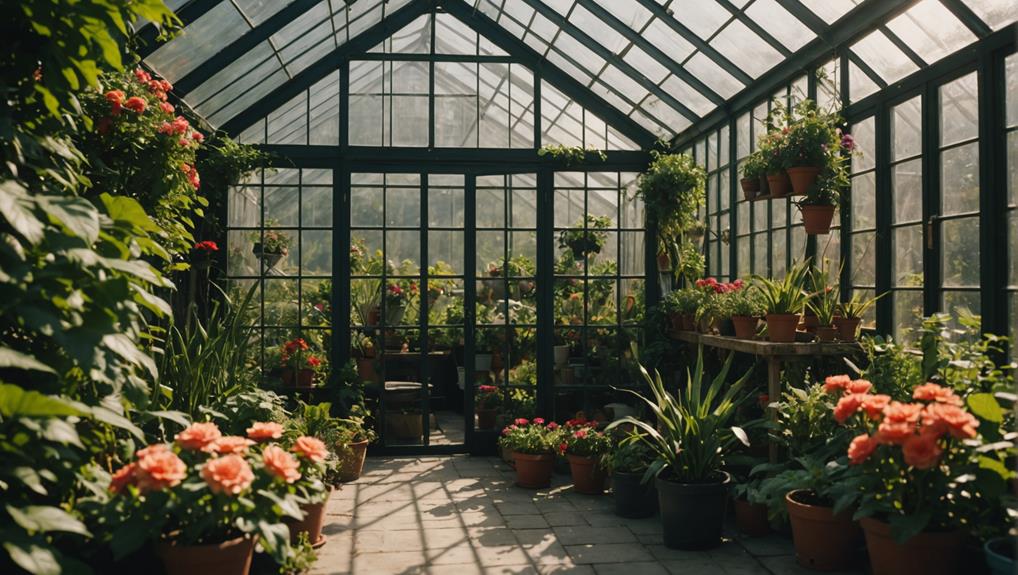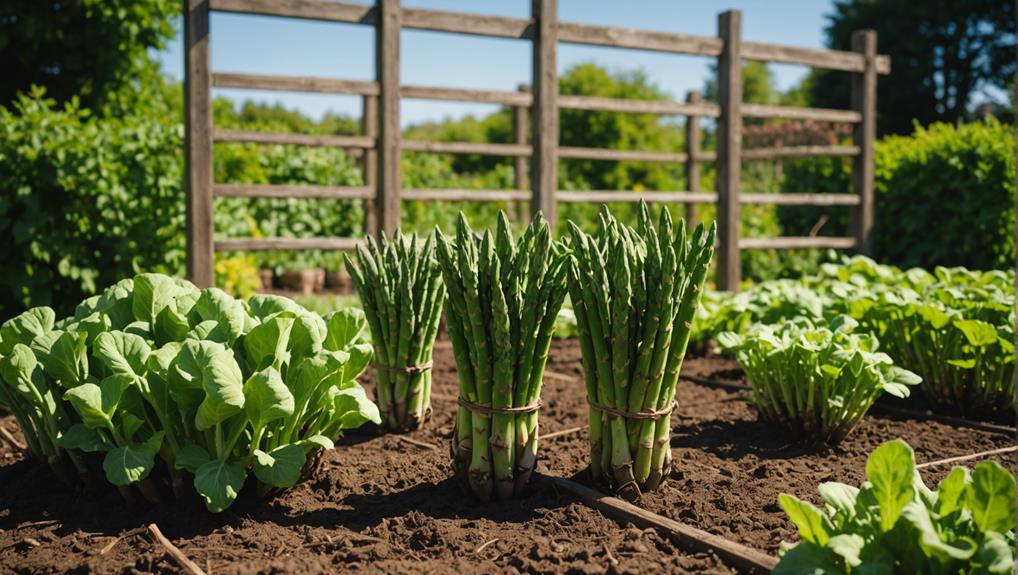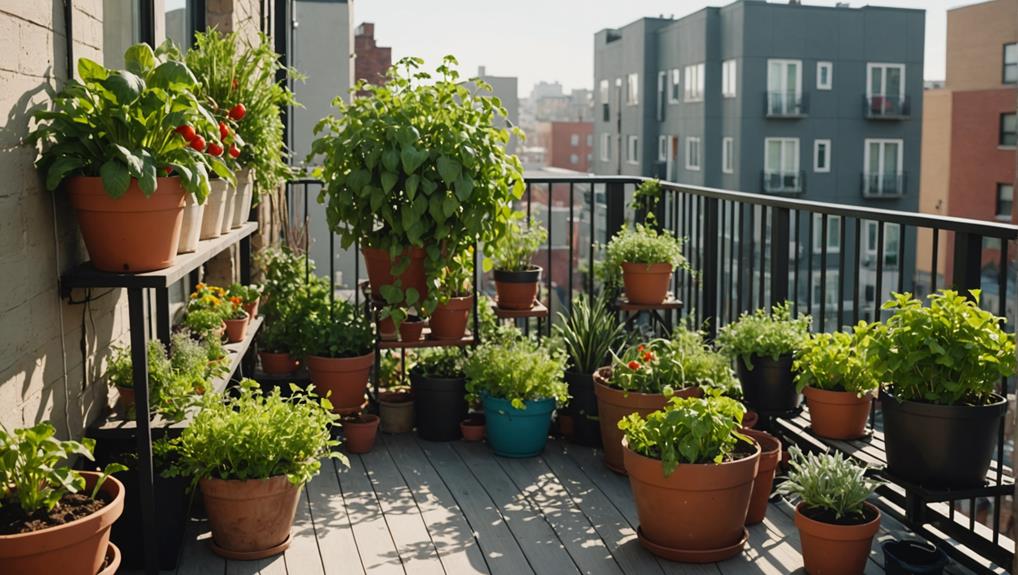As an Amazon Associate I earn from qualifying purchases.
Are you prepared for anything?
When it comes to your bug-out location, choosing the right shelter is crucial. In this article, we’ll guide you through the factors to consider, the types of shelters available, and the essential features to look for.
We’ll also weigh the pros and cons of different shelter materials, and help you assess the suitability of potential locations.
So, get ready to make an informed decision that fits your budget and gives you the freedom to face any challenge.
Key Takeaways
– Shelter durability is crucial for protection against extreme weather conditions and potential attacks.
– Consider the environmental impact of the shelter and choose sustainable options.
– Look for flexibility and versatility in the shelter to adapt to changing circumstances.
– Evaluate the storage capabilities of the shelter for accommodating additional supplies.
Factors to Consider When Selecting a Shelter

When selecting a shelter, you’ll need to consider several factors to ensure its suitability for your bug-out location. One of the most important factors is shelter durability. In times of crisis, you need a shelter that can withstand various challenges such as extreme weather conditions or potential attacks. Look for shelters made from robust materials like reinforced steel or concrete. These materials will provide you with the necessary protection and peace of mind.
Another factor to consider is the environmental impact of your shelter. As someone who values freedom and self-sufficiency, it’s crucial to choose a shelter that minimizes its impact on the environment. Look for sustainable options such as eco-friendly building materials or off-grid energy systems. These choices not only reduce your carbon footprint but also ensure the long-term sustainability of your bug-out location.
Furthermore, consider the flexibility and versatility of the shelter. A shelter that can be easily modified or expanded allows you to adapt to changing circumstances. This way, you can accommodate more people or store additional supplies if needed.
Types of Shelters for Bug-Out Locations

There are various types of shelters available for bug-out locations, and when it comes to designing your perfect escape, you’ll want to consider alternative options that provide both safety and freedom.
Here are three types of shelters that can give you the flexibility and security you desire:
1. Underground Bunkers: These sturdy structures provide excellent protection from natural disasters, nuclear fallout, and other threats. With proper ventilation and storage capabilities, underground bunkers can serve as long-term bug-out locations.
2. Portable Tiny Homes: These compact, self-sufficient dwellings are becoming increasingly popular among those seeking off-grid living. With solar panels, rainwater collection systems, and efficient space utilization, portable tiny homes offer mobility and sustainability.
3. Treehouses: For those who prefer a more adventurous bug-out location, treehouses can be a great choice. These elevated shelters not only provide a unique vantage point but also offer camouflage and protection from ground-level threats. With proper construction and camouflage techniques, treehouses can blend seamlessly into the surrounding environment.
When it comes to choosing the right shelter for your bug-out location, consider the specific needs of your situation and the level of freedom and self-sufficiency you desire. Whether it’s an underground bunker, a portable tiny home, or a treehouse, the key is to find a shelter design that suits your individual needs and provides the ultimate sense of freedom.
Essential Features to Look for in a Bug-Out Shelter
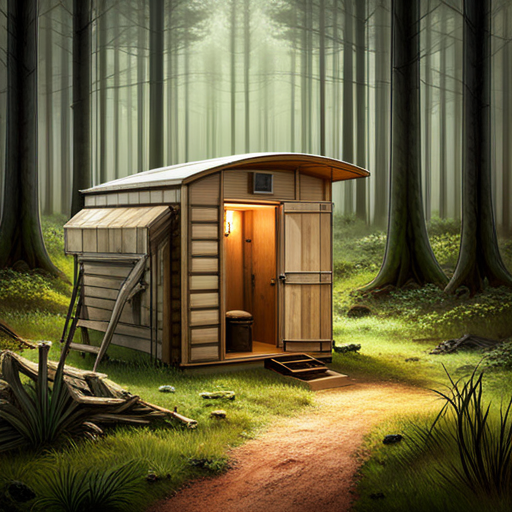
When considering essential features for your bug-out shelter, two key points to focus on are size and capacity, as well as security measures.
You want to ensure that your shelter is large enough to accommodate you and your family comfortably, while also having enough storage space for supplies.
Additionally, security measures such as reinforced doors, windows, and surveillance systems are crucial to protect yourself and your belongings in a potentially dangerous situation.
Size and Capacity
The size and capacity of the shelter you choose will greatly impact its suitability for a bug-out location. When considering the size, think about the number of people who will be staying in the shelter. You want to ensure there is enough space for everyone to sleep comfortably and store essential supplies.
Additionally, consider the capacity of the shelter in terms of durability. Look for shelters made from strong materials that can withstand harsh weather conditions and potential threats.
It’s also important to think about shelter maintenance. Choose a shelter that is easy to clean and maintain, so you can focus on other important tasks during an emergency.
Security Measures
To ensure the safety of yourself and your loved ones, consider implementing security measures such as installing motion sensor lights and a sturdy lock on the entrance of your chosen shelter. These measures can help deter potential threats and provide you with a sense of security during uncertain times. Additionally, evaluating the location of your shelter is crucial to its overall security. Look for a spot that is secluded and hidden from view, making it less likely to be discovered by others. It’s also important to consider the surrounding terrain, as it can provide natural barriers and obstacles for added protection. By implementing these security measures and carefully evaluating the location of your shelter, you can create a safe and secure environment for you and your loved ones.
| Security Measure | Description | Importance |
|---|---|---|
| Motion Sensor Lights | These lights automatically turn on when they detect movement, alerting you to any potential intruders. They are a cost-effective way to enhance the security of your shelter and can provide an added layer of protection during night-time hours. | High |
| Sturdy Lock | A strong and reliable lock on the entrance of your shelter is essential for keeping unwanted individuals out. Look for a lock that is pick-resistant and made of durable materials to ensure its effectiveness. | High |
| Secluded Location | Choosing a shelter that is hidden from view and away from main roads or population centers can minimize the chances of your location being discovered by others. | Medium |
| Natural Barriers | Take advantage of the surrounding terrain by selecting a shelter location that is naturally protected by hills, dense vegetation, or bodies of water. These natural barriers can act as a deterrent to potential threats. | Medium |
| Surveillance System | Installing a surveillance system with cameras can provide you with real-time monitoring of your shelter and its surroundings. This can help you detect any suspicious activities and take appropriate action to ensure your safety. | Low |
Pros and Cons of Different Shelter Materials
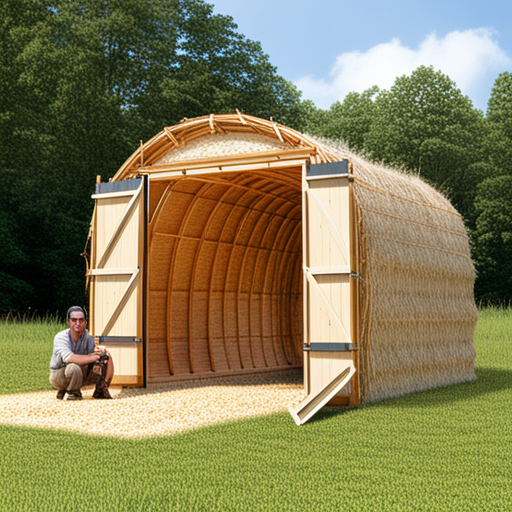
You should consider the pros and cons of different shelter materials before making a decision. When it comes to choosing the right shelter for your bug-out location, freedom is essential. You want a shelter that provides the advantages you need without the disadvantages that could hinder your independence.
Here are three important factors to consider:
1. Durability: Look for materials that are sturdy and can withstand harsh weather conditions. Metal shelters, such as steel or aluminum, provide excellent durability and protection against external threats. However, they can be heavy and expensive to install.
2. Insulation: Proper insulation is crucial to maintain a comfortable temperature inside your shelter. Wood is a great option as it naturally provides insulation. It is also readily available and easy to work with. However, wood can be susceptible to rot and termite damage if not properly maintained.
3. Portability: If you value mobility and the ability to relocate your shelter easily, consider lightweight materials like fiberglass or high-quality synthetic fabrics. These materials are easy to transport and set up, allowing you to quickly move to a safer location. However, they may not offer the same level of security and durability as more permanent structures.
Assessing the Suitability of Shelter Locations

When considering different shelter materials, it’s important to assess the suitability of potential locations. As someone who desires freedom, evaluating safety and assessing resources are crucial steps in finding the right shelter for your bug-out location.
First and foremost, safety should be your top priority. Look for locations that provide natural barriers and offer protection from potential threats. Consider areas with limited access points, such as dense forests or secluded valleys. These can deter intruders and ensure your safety.
In addition to safety, assessing the availability of resources is vital for your long-term survival. Look for locations near a freshwater source, such as a river or a lake. Access to clean water is essential for hydration and sanitation. Evaluate the surrounding vegetation for potential food sources, such as edible plants and wildlife.
Furthermore, consider the terrain of the location. Steep slopes, rocky cliffs, or marshy areas may pose challenges when it comes to building and maintaining your shelter. Look for flat and stable ground that will allow you to construct a sturdy and secure shelter.
Budgeting and Cost Considerations for Bug-Out Shelters
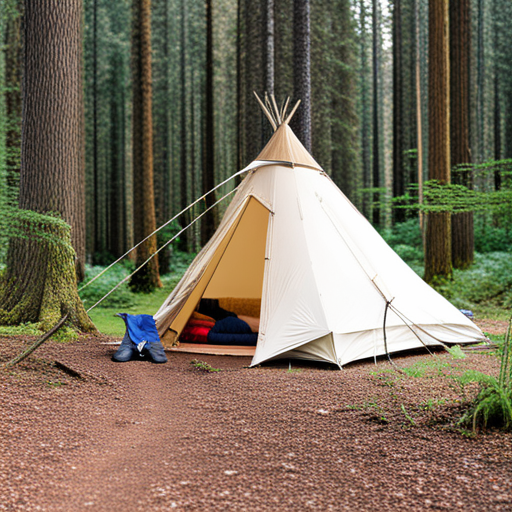
Budgeting and cost considerations play a significant role in finding the ideal bug-out shelter. When it comes to preparing for uncertain times, you want to ensure that your bug-out shelter not only meets your needs but also fits within your budget.
Here are three cost-saving tips and DIY options to help you find the perfect bug-out shelter:
1. Repurpose and retrofit: Instead of purchasing a brand new shelter, consider repurposing an existing structure or retrofitting an old one. This could be a shed, a shipping container, or even an abandoned cabin. With some creativity and DIY skills, you can transform these structures into functional bug-out shelters at a fraction of the cost.
2. Opt for simplicity: Keep in mind that a bug-out shelter doesn’t need to be extravagant. Focus on the essentials and prioritize functionality over luxury. Look for cost-effective building materials and simple designs that can be easily constructed or assembled. Simple DIY options like tents or yurts can provide adequate shelter and save you money.
3. Embrace off-grid solutions: Going off-grid can significantly reduce your long-term costs. Invest in renewable energy sources such as solar panels or wind turbines to power your bug-out shelter. Implement rainwater harvesting systems and composting toilets to minimize utility expenses. By embracing off-grid living, you can save money while enjoying the freedom of self-sufficiency.
Frequently Asked Questions
Can I Use My Own Home as a Bug-Out Shelter?
You can use your own home as a bug-out shelter, but consider using a rented property instead. The advantages of a remote location for a bug-out shelter include increased privacy and reduced risk of detection.
How Do I Protect My Bug-Out Shelter From Natural Disasters?
To protect your bug-out shelter from natural disasters, prepare by reinforcing the structure and securing it against potential hazards. Stock up on emergency supplies, create an evacuation plan, and stay informed about weather conditions.
Should I Consider Building an Underground Shelter for My Bug-Out Location?
Consider building an underground shelter for your bug-out location. Pros include increased protection and concealment. Cons involve higher costs and potential for water damage. Conduct a cost analysis to determine feasibility and prioritize your freedom and safety.
What Are the Legal Implications of Using Public Land as a Bug-Out Shelter?
Consider the legal implications of using public land as a bug-out shelter. Understand the regulations and permissions required. Ensure you’re aware of any restrictions or limitations that could affect your freedom to use the land as intended.
Can I Convert an Existing Structure Into a Bug-Out Shelter?
You can convert existing structures into bug-out shelters, which is a budget-friendly option. It allows you to utilize resources you already have. Consider the legal implications and ensure it meets your needs for maximum freedom.
Conclusion
So there you have it, when it comes to choosing the right shelter for your bug-out location, there are a lot of factors to consider.
From the type of shelter to the essential features and even the materials used, each decision plays a crucial role in your preparedness plan.
By assessing the suitability of potential locations and considering your budget, you can ensure that you have a reliable and secure bug-out shelter that meets your needs.
Don’t wait until it’s too late, start planning and building your bug-out shelter today.
As an Amazon Associate I earn from qualifying purchases.








